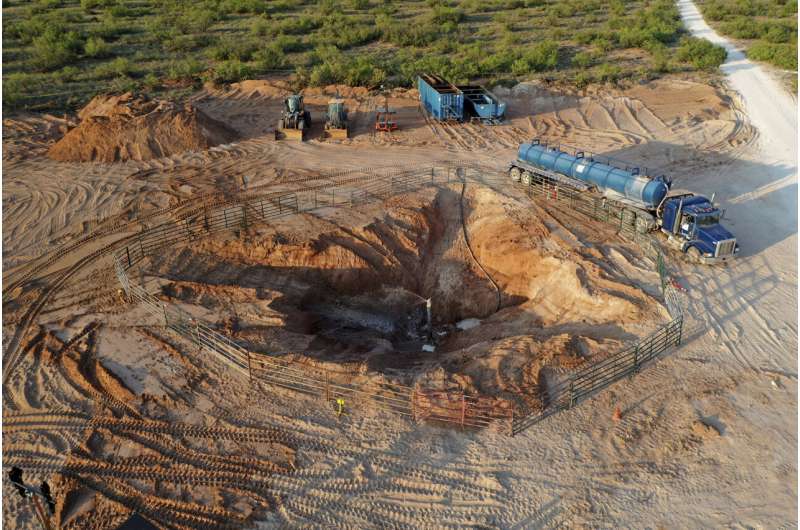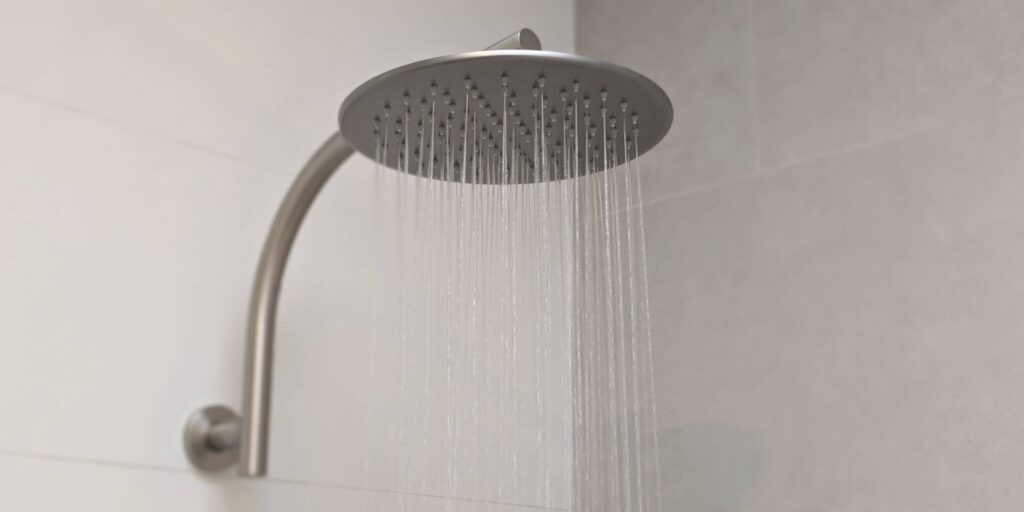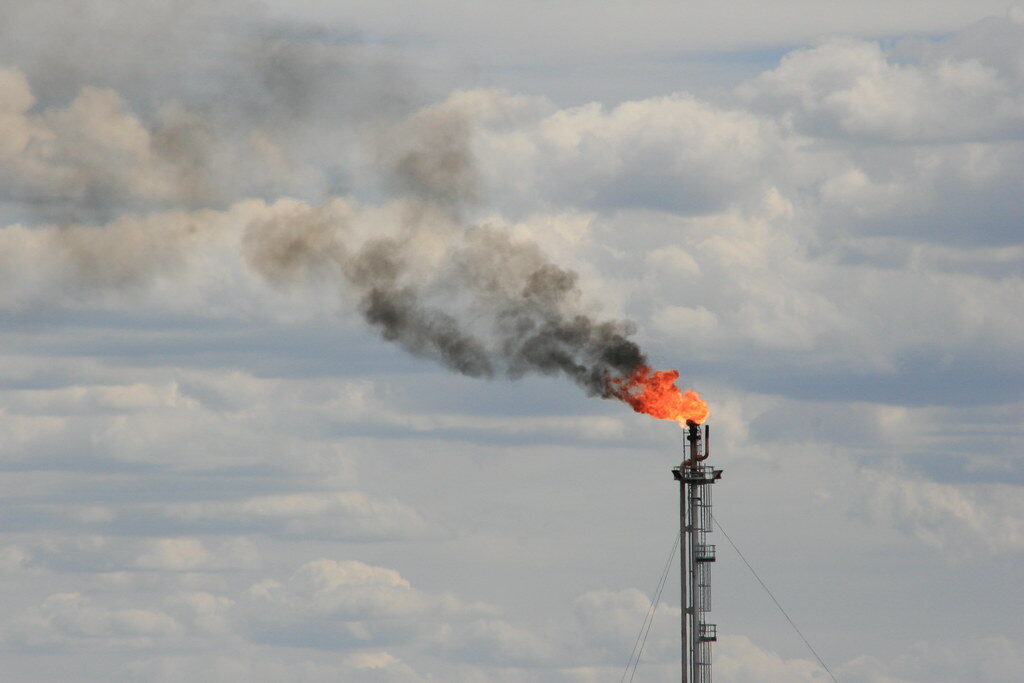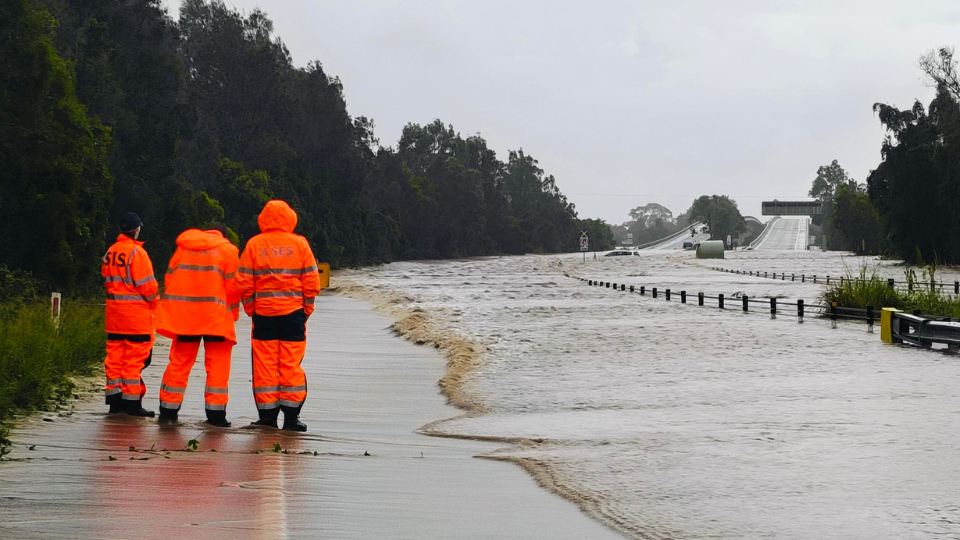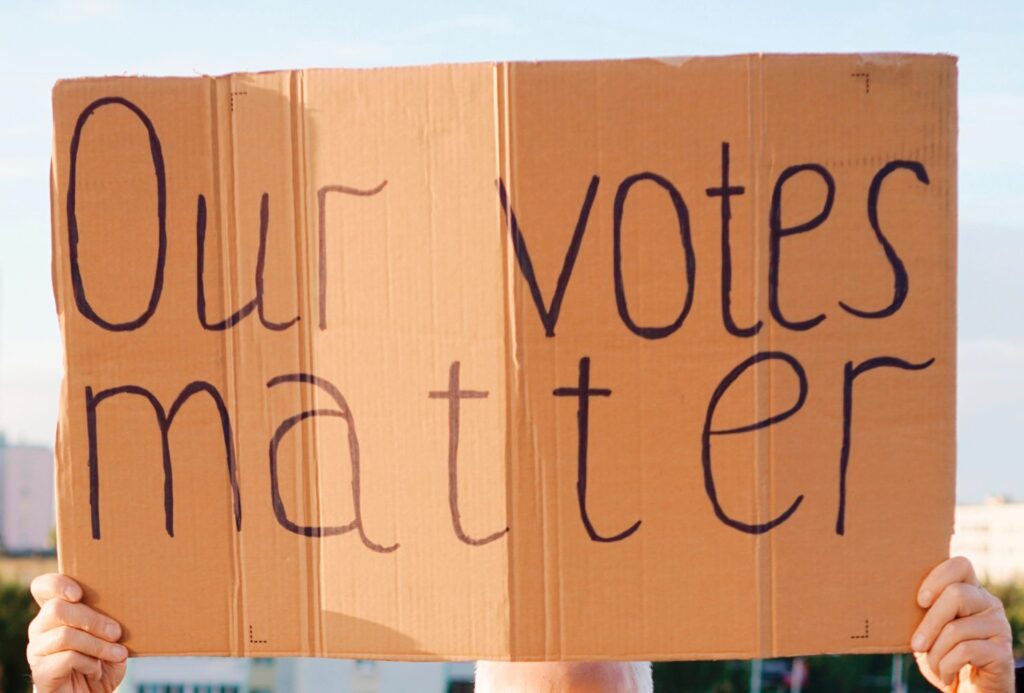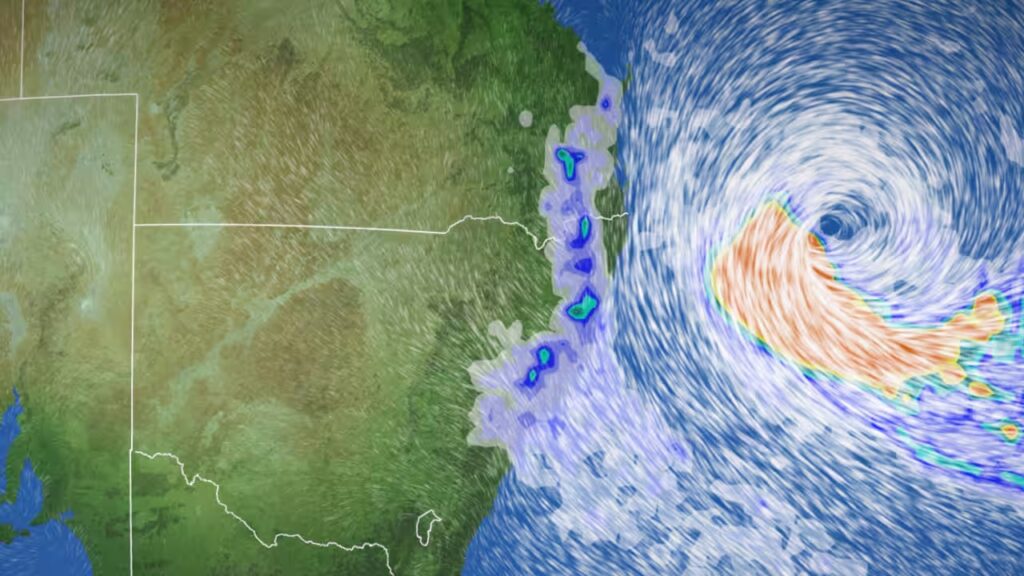The small and dwindling role of gas in Australia’s energy system is a hot topic at the moment. To limit further climate impacts, Australia must rapidly phase out the use of coal and gas power. Like the rest of the world, we’re moving toward a clean, renewable energy future.
The science is clear: extracting and burning coal, oil and gas is driving climate change. New fossil fuel developments are incompatible with a safe climate.
We’ve got ready-made alternatives: solar and wind power, backed by storage, as well as electric appliances. Electric stovetops, heaters and solar hot water systems are more affordable, easier to source and don’t emit any nasty toxins in your home. More and more Australians are recognising the health, environmental and financial benefits of switching off their dirty and inefficient gas appliances, and replacing them with clean, electric alternatives.
In the 2023/2024 Federal Budget, the Albanese Labor Government announced a $1 billion low-interest loan package to retrofit residential properties with energy efficiency upgrades. It’s a good start, but more is needed to accelerate the managed phase-out of gas in Australian homes and businesses.
The gas lobby is starting to look desperate.
In recent weeks, the gas industry has started offering to pay people to stay connected to the gas network. They’ve paid Australian newspapers to print baseless and fanciful claims about unproven gas alternatives and are launching a big new advertising campaign designed to mislead the public, so that they can keep profiteering from the use of fossil gas in Australia’s energy system.
So, because the gas industry clearly needs a reminder, here are the facts.
The Facts:
FACT 1: Gas is a fossil fuel that worsens harmful climate change.
- Gas – like coal and oil – is a harmful fossil fuel. It’s mostly made up of methane, the second most significant greenhouse gas after carbon dioxide, and is a key driver of climate change.
- Methane is up to 80 times more potent than carbon dioxide for its global warming potential in the short term. This means that over 20 years, one tonne of methane warms the atmosphere 84 times as much as one tonne of carbon dioxide.
- Producing and using gas for energy creates greenhouse gas pollution at every stage of the supply chain, even before it is burned. Emissions from the extraction, processing and export of gas have helped keep Australia’s official emissions so high, cancelling out the gains we’re making from increasing renewable energy in the grid.
- Most of Australia’s remaining onshore gas reserves are held in coal seams or shale. This requires fracking; a dangerous and destructive method of gas extraction that contaminates water and farmland, and is harmful to our health.
Case Study: Fracking in the Beetaloo Basin
The Northern Territory Government has recently made a pretty rotten decision to proceed with dangerous fracking projects, opening the door to the highly controversial Beetaloo shale gas field. This highly polluting development is projected to emit the equivalent of more than three times Australia’s annual domestic emissions over the next two decades.
Fracking is one of the most environmentally damaging ways to extract fossil fuels. It uses many dangerous chemicals which can contaminate local land and water supplies. Tamboran Resources, one of the biggest fracking exploration companies in the Beetaloo Basin, was recently exposed by the ABC for being involved in three significant fracking pollution incidents at a fracking exploration site in the Northern Territory.
All new and expanded coal or gas projects are entirely incompatible with a safe climate, and aren’t needed in our clean and thriving low-emissions economy.
FACT 2: Renewable energy now makes up more than 35% of our electricity in the National Electricity Market, while gas generation dropped below 5% in the first quarter of 2023
- An influx of new solar, wind and battery projects across Australia is securing the nation’s power supply, with the Australian Energy Market Operator (AEMO) stating that we can transition to a fully renewable-powered grid without any new gas.
- Gas generation is falling, while renewables are soaring: in early 2023 generation from grid-scale solar and wind increased to a record quarterly average of 4,654 megawatts (MW), while gas-fired generation fell to just 1,113 MW – its lowest quarterly level since 2005.
- The gas Australians use to cook and heat our homes is dangerous for our health. Gas cooktops contribute to indoor air pollution, and can leak harmful toxins like carbon monoxide (CO), formaldehyde, nitrogen dioxide (NO₂) and particulate matter, even when switched off.
- NO2 is strongly associated with asthma. In fact, a child living with gas cooking in the home has a comparable risk of asthma to a child living with household cigarette smoke.
Want to find out more about getting your home off gas, for good?
FACT 3: Almost 80% of gas produced in Australia is shipped overseas, along with the profits.
- Australia has plenty of gas. In fact, Australia is the world’s largest exporter of liquefied gas, responsible for 24% of global exports.
- Almost 80% of the gas extracted in Australia is exported overseas. This forces Aussies to compete with rising global export prices for our own gas, while gas companies make super profits.
- The remaining use of gas in Australia is split across homes, manufacturing and electricity generation, but the second biggest user of gas in Australia is the gas industry itself. Liquefying gas, a necessary step in preparing gas for export, is very energy intensive, and incredibly, gas exporters use more gas running their export terminals than all of Australia’s power stations, more than all Australian manufacturing, and almost three times as much as Australian households.
- Gas can be replaced in many of Australia’s manufacturing processes. Our report, Australia’s Clean Industry Future: Making things here in a net zero world, found that there are readily available opportunities to cut emissions today in Australia’s heavy industry, mining and manufacturing sectors, as well as many emerging solutions that will be scalable within the next five to 10 years.
FACT 4: Gas is driving up power prices in Australia
- Australian gas prices are tied to volatile international markets. The war in Ukraine has led to many countries imposing sanctions on Russian gas and oil, triggering spikes in the price of all fossil fuels. This has flow on effects for wholesale electricity and gas prices in Australia, driving your power bills up, and up, and up.
- Gas market prices in Australia’s eastern and southern states have more than tripled over the past decade. While the gas industry argues more gas will somehow lower prices, the reality is that Australia’s supply of gas has already dramatically increased over the past several years along with our power prices. Their so-called answer – is the problem!
- Gas appliances are less efficient than electric alternatives, meaning they use more energy and are more expensive to run. A report from the Grattan Institute found that induction cooktops are more than twice as efficient as gas cooktops, reverse-cycle air conditioners are three times more efficient than gas heaters and heat-pump water heaters are four times more efficient than gas water heaters. A recent Climate Council analysis found that by electrifying the cooking, heating and hot water facilities in their homes, Australian families can save between $336 and $1,311 a year.
Want to find out how much you can save by getting off gas and making your home more energy efficient?
It’s just a fact: burning more gas will only put more Australians in harm’s way. Australia is in the grips of the climate crisis, and being crunched by rising costs of living. Both will worsen if we don’t urgently shift away from fossil fuels and switch our energy system over to clean, renewable power.
To reach the steep emissions reductions needed this decade to protect Australians from dangerous and accelerating climate change, we need to rapidly phase out gas from our energy system.

